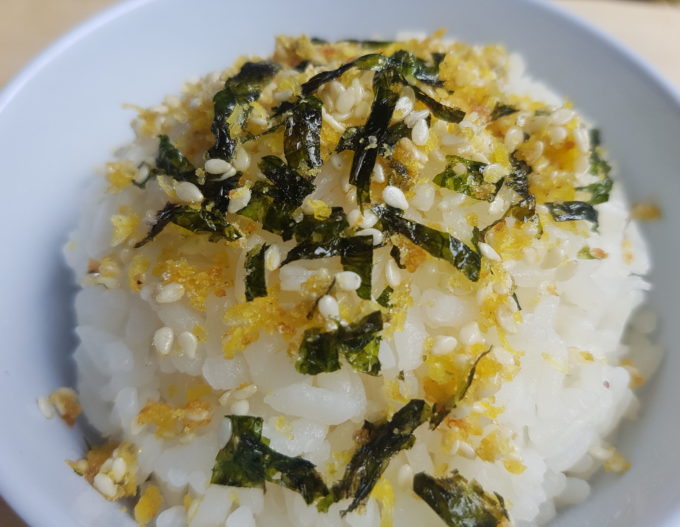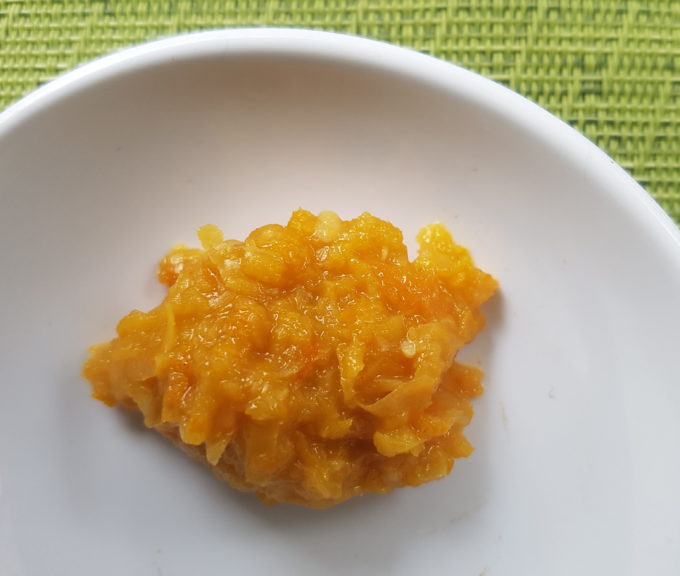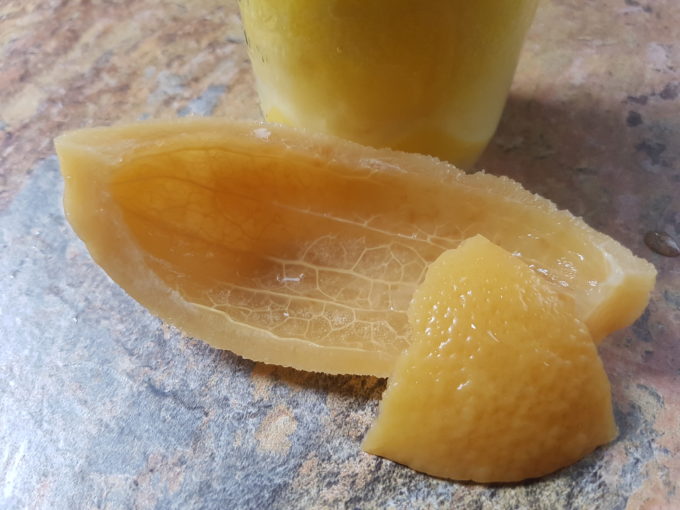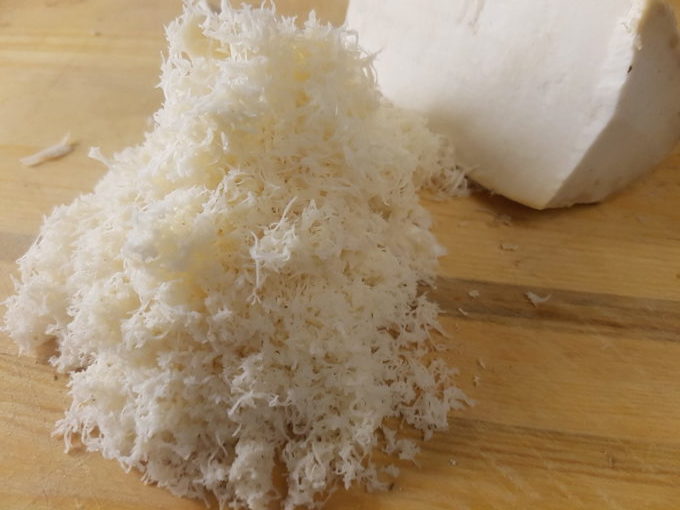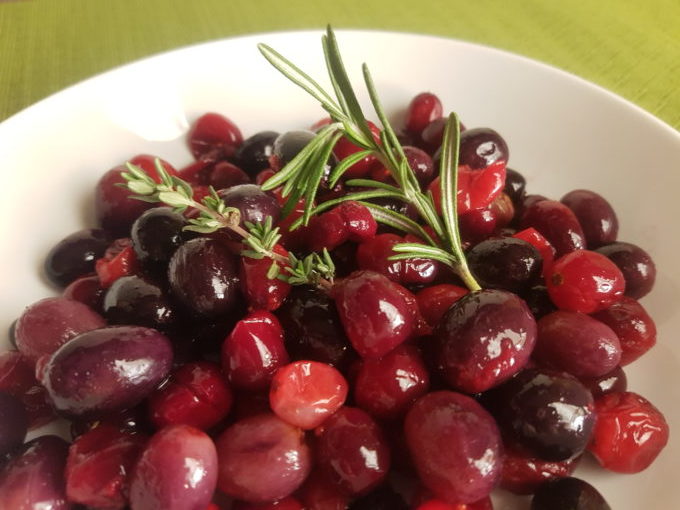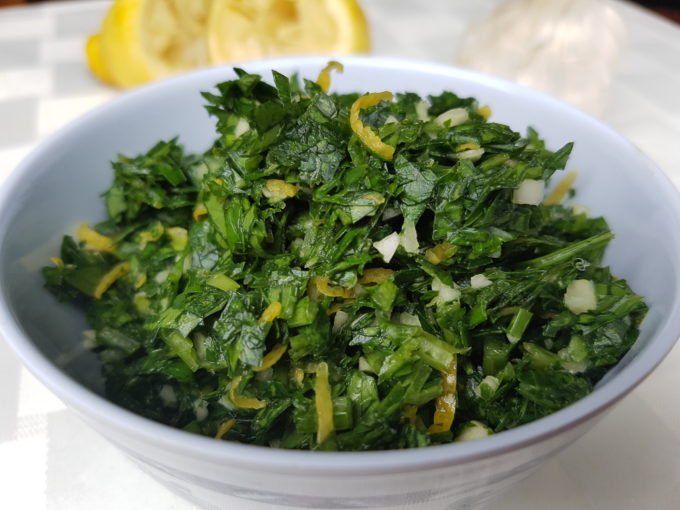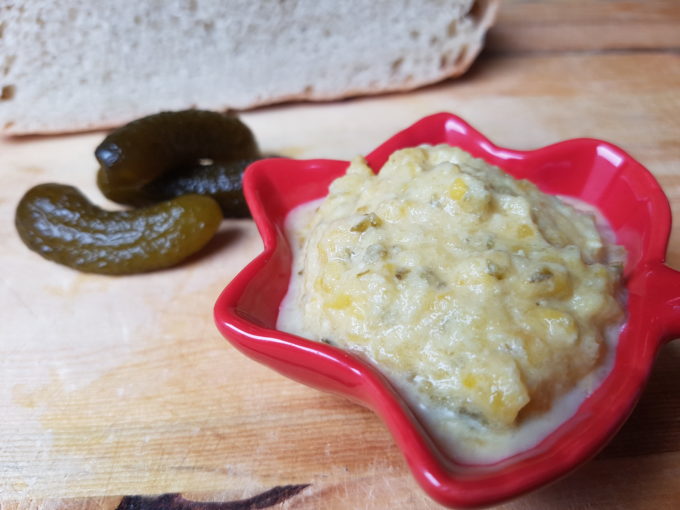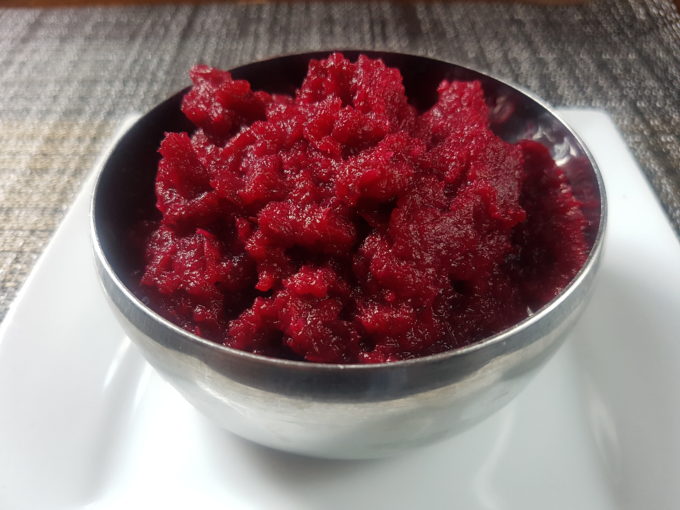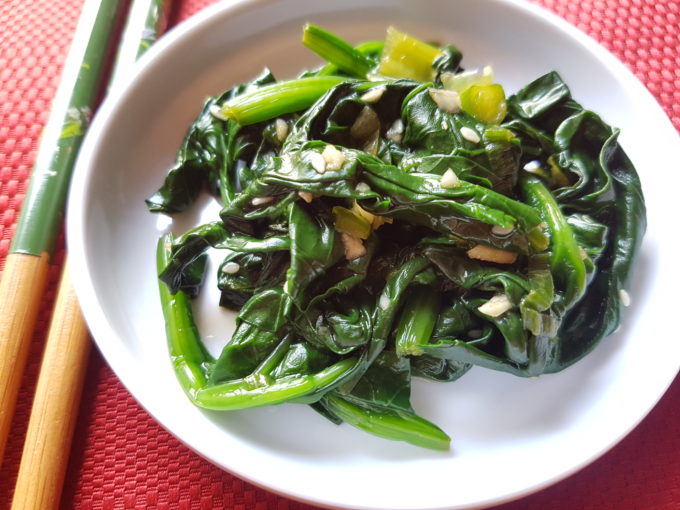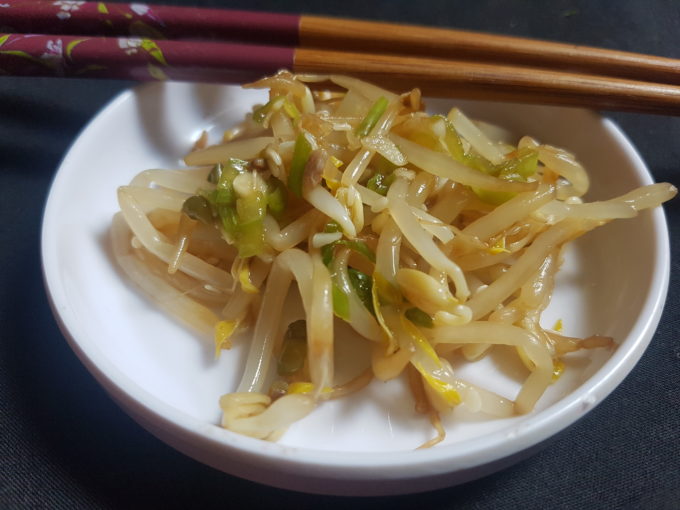The base for any furikake is sesame seeds and salt. The name noritama comes from nori, or ‘sea weed,’ and tama, short for tamago, which means ‘egg.’ This ‘sprinkle’ for rice is hugely popular not only in Japan but all over the world. Noritama furikake is easy enough to purchase, even common in many US […]
Read moreCitrus Junos, known as Yuzu (ユズ) in Japanese, and yuju (유자) in Korean, is the name of a particular type of rather small, very seedy, citrus fruit. Although it is commonly used fresh, and to make ponzu in particular, you will very often find it in a fermented form combined with chilis and salt, as […]
Read moreRequiring only 2 ingredients, salt and lemons, it is incredibly easy to have this versatile condiment and meal enhancer in your fridge. Okay, so it sometimes also needs a little lemon juice, but you don’t even need a pressure cooker or canner. Just make sure your jar and it’s lid have been sterilized, either with […]
Read moreMaking fresh horseradish is very simple. As a person who doesn’t like mayo I prefer to make mine not creamy. The recipe below is as basic as it comes, but you will be surprised at the amount of heat and even sweetness fresh grated horseradish root carries on it’s own. The vinegar is a must […]
Read moreSomehow I think it is my life’s mission to discover the best way to serve cranberries. It’s like it calls me. I mean, who cares about cranberries, right? Perhaps that’s why I feel so impelled. Whatever the reason, I came pretty close last year with the Mulled Port Cranberry Sauce, but this year I stumbled […]
Read moreGremolata is a very easy to make condiment that compliments meats, pasta, and vegetables incredibly well. It is perhaps most know for it’s use with ossobuco. Although made simply of parsley, garlic, and lemon, these three ingredients certainly add up to more than the sum of their parts. Upon first tasting you may find it […]
Read moreThis recipe is my own creation inspired by my recent discovery of Ćwikła/Tsvikli, an Eastern European relish that uses beets and horseradish. This one, here, is a fantastic recipe, but I had a heck-of-a-time trying to come up with a better name than an obvious list of ingredients. As you can see from the title […]
Read moreAs Ćwikła in Poland or tsvikli (цвіклі) in Ukraine this relish, a combination of beets and horseradish, is very commonly used as a spread on sliced bread, and is in-fact so popular that it is sometimes referred to as Ukrainian Kimchi. In Russian, hron (Хрoн) means simply horseradish, but also usually refers to this relish with both […]
Read moreSigeumchi-namul 시금치나물, from sigeumchi for spinach and namul because it is a vegetable dish, is one of the most common banchan (Korean side dish), and also one of the easiest! Best of all it isn’t spicy, so everyone can enjoy it! It’s funny to me that even as a family that isn’t particularly fond of […]
Read more“What is the Korean name for this dish?” you ask. Well that depends on what kind of bean sprouts you use. First and foremost this dish is a namul (나물) , referring to a steamed, stir-fried, or marinated vegetable dish. However, sukju-namul is the name for bean sprouts in general. Now soy bean sprouts are […]
Read more
